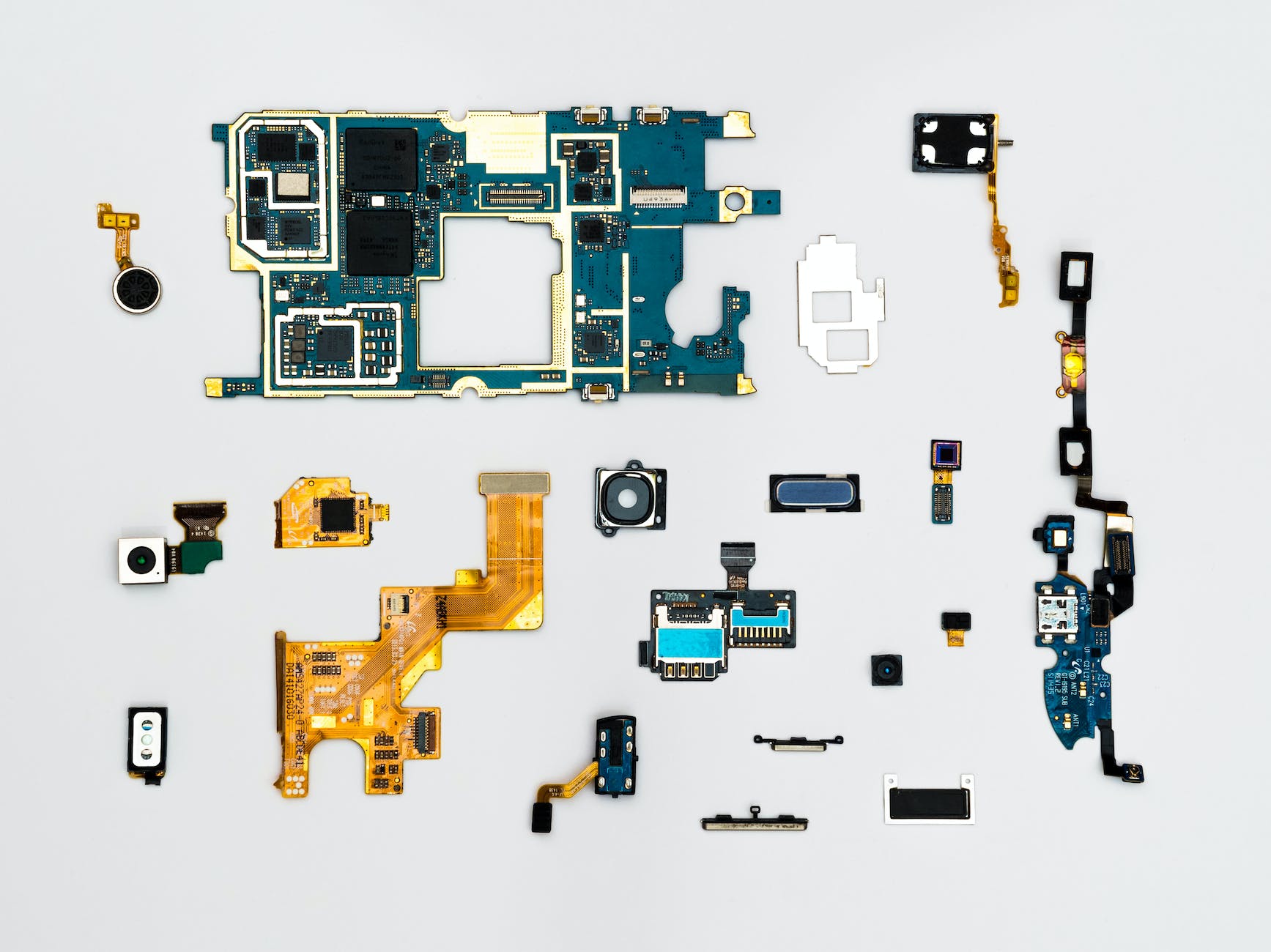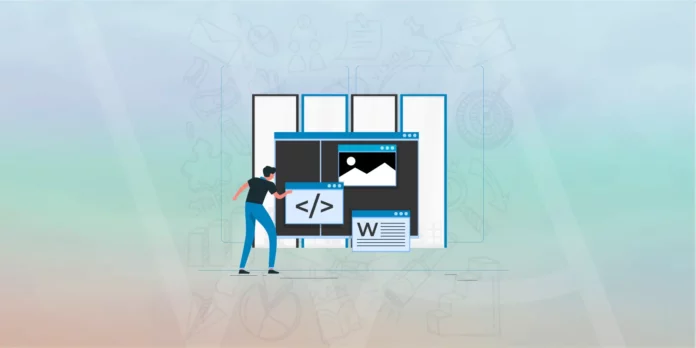Many bloggers use images to optimize their search engine and enhance their website’s content. It’s a known fact that images and graphics can attract more organic traffic to the site, especially through Google Image Search.
In today’s post, I will be sharing some essential tips and tricks that can assist you in optimizing your images for Google, Bing, and Yahoo and increasing your WordPress site’s visibility on search engines.
Table of Contents
The Power of Image Search Traffic
Optimize images and graphics on your website to rank in Google Image SERPs for an excellent SEO opportunity to obtain organic traffic from Google image search.
The loading time of a website directly impacts users and ranking position. Compared to text, images take longer to load. Search engines index web pages with shorter load times, and user engagement plays a role in search engine impressions. Here is a great tutorial to tweak your images for great performance.
Tweaking images for better SEO
Google’s image search algorithm is distinct and well-maintained for indexing images. Hence, providing a valuable description to maximize this opportunity is crucial. Here are some tweaks for better Image SEO.
1- Appropriate and descriptive filename
Use clear names for your images. This helps search engines know what the picture is about and makes your website easier to use. Always choose a name that describes the image well. Don’t use generic names like “Image 6.jpg” or “IMG0015.jpg” because they don’t help with search engine optimization. It’s also important to include relevant keywords in the file names and alt tags.
File name “photodun.jpg” improves the photo’s ranking on Google Images for the search term “Photo dune”.
2- Always use proper ALT text for images.
Watch this video by Matt Cutts. He talks about the alt tag and how to use it well. To make your images show up in search engine results, do keyword research and use relevant keywords for your images. Also, keep the formatting and file types of your images consistent.
3- Importance of captions and titles
It is simple for WordPress users to add a title and caption to their uploaded images. This allows you to provide descriptive information and help Google understand the content of the image.
4- Coherent the image in context
Just as the name of the file and the alternative text, Google also looks at the words on the webpage to understand what an image is showing. Therefore, it is important to associate images with the content on the page to improve search engine results. Choose the appropriate image format (such as JPEG, PNG, or GIF) depending on the type of image and its purpose.
5- Quality of the Image
Having high-quality images is very important. You should always strive to use clear, bright, and visually attractive images to improve your ranking and performance on Google search engine result pages (SERPs). Also, it is important to ensure that your image file size is optimized without sacrificing quality. Compressing the images will make your web pages load faster, resulting in a better user experience overall.
Lastly, monitoring and analyzing your optimized images’ performance is crucial. Keep track of the changes made, and assess their impact on your website’s search engine rankings and user engagement. Regularly review and update your website’s images and their optimization techniques to stay ahead of the competition and adapt to changing search engine algorithms.
Conclusion
By following the above tips and tricks, optimizing website images and enhancing their visibility in search engine results is highly possible. By implementing these techniques, you can increase the chances of your website coming up in relevant searches, attracting more organic traffic and potential customers.
Optimizing your website images can also improve user experience, as they will load faster and display more effectively across different devices. It is essential to pay attention to various aspects when optimizing your website images.
If any essential points pertaining to image optimization have been unintentionally overlooked, we encourage you to share your insights and suggestions in the comments section below. Your feedback is valuable and can contribute to the continuous improvement of image optimization techniques for website success.






